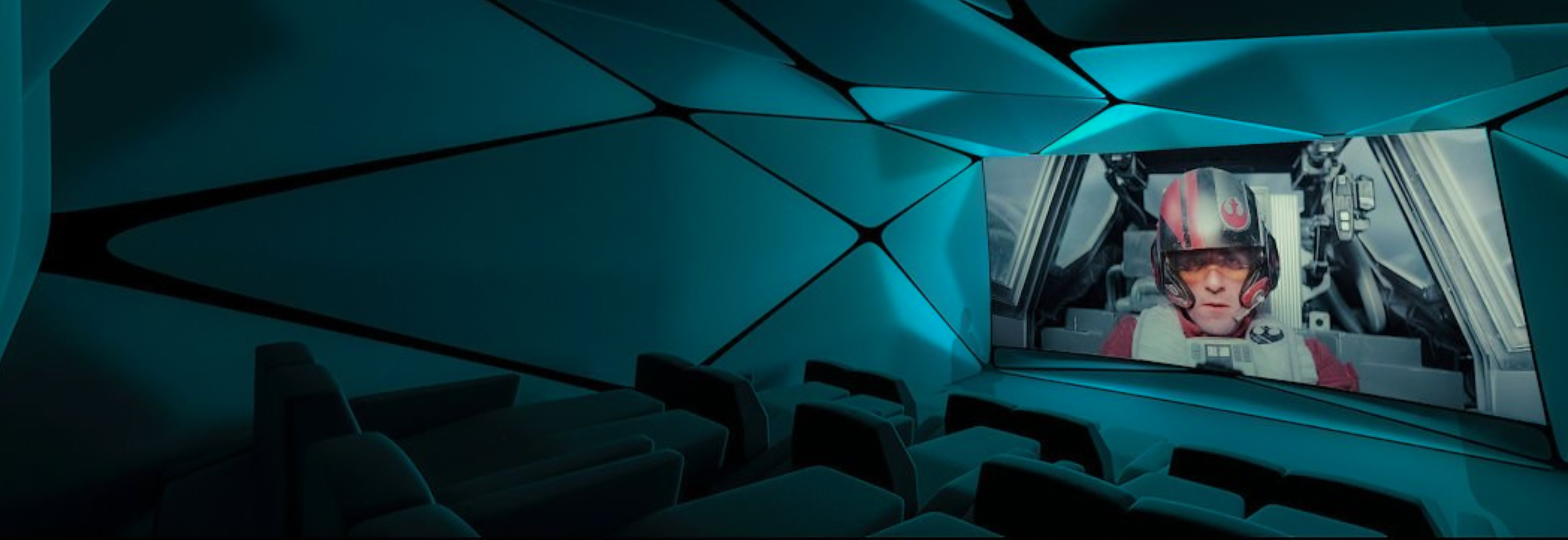Ultimate Direct-to-Reverberated Sound Ratio Systems
Framed by an uninterrupted, panoramic view of San Diego Bay—where luxury yachts glide past sunlit lamphouses and the Pacific horizon stretches beyond Point Loma’s storied cliffs—this waterfront penthouse crowns the coastline with a presence as refined as its surroundings. The primordial Wallscreen Skylounge thus offers two inimitable views: one, the natural majesty beyond the glass; the other, a second-generation Sony Crystal LED display delivering uncompromising visual immersion from within.
This San Diego waterfront penthouse features a state-of-the-art immersive arts room, establishing a new benchmark in home cinema design. The initiative is the fruit of collaborative efforts with premier European architects and designers, leading to significant breakthroughs in audiovisual technology. The Wallscreen Immersive Canopy—a creation of Wallscreen Skylounges, who brings over 35 years of expertise in acoustics for hard rear-projection and curved solid screens—adeptly addresses the acoustical and ergonomic challenges posed by video walls and introduces the inaugural residential application of see-through window acoustics.
The room's exceptional nature is underscored by its ultimate direct-to-reverberated sound ratio system, realized through the strategic deployment of speakers distanced from the walls and housed within leather-wrapped acoustical radial diffuser columns. Selected by an audio videophile of unparalleled discernment and expertise, the system stands as the apex in terms of installation quality, acoustics, screen voice clarity, immersive rear and side experiences, accurate overhead imaging, optimal room decay time (325ms), and overall envelopment. It surpasses even the most perfectly conceived acoustic boxes, including those by the most celebrated acoustician in CEDIA.
Declared superior to some of America’s finest home theaters by that same discerning audiophile, the room was initially evaluated purely by ear. Gifted with extraordinary auditory perception and heightened sensory focus, he identified an uncanny precision in decay time. Subsequent measurements confirmed his intuition: deviations were within five milliseconds. The acoustic devices had been positioned by Peter, the engineer, guided not by equations, but by enlightened intuition—refined over decades of immersive sound design.













